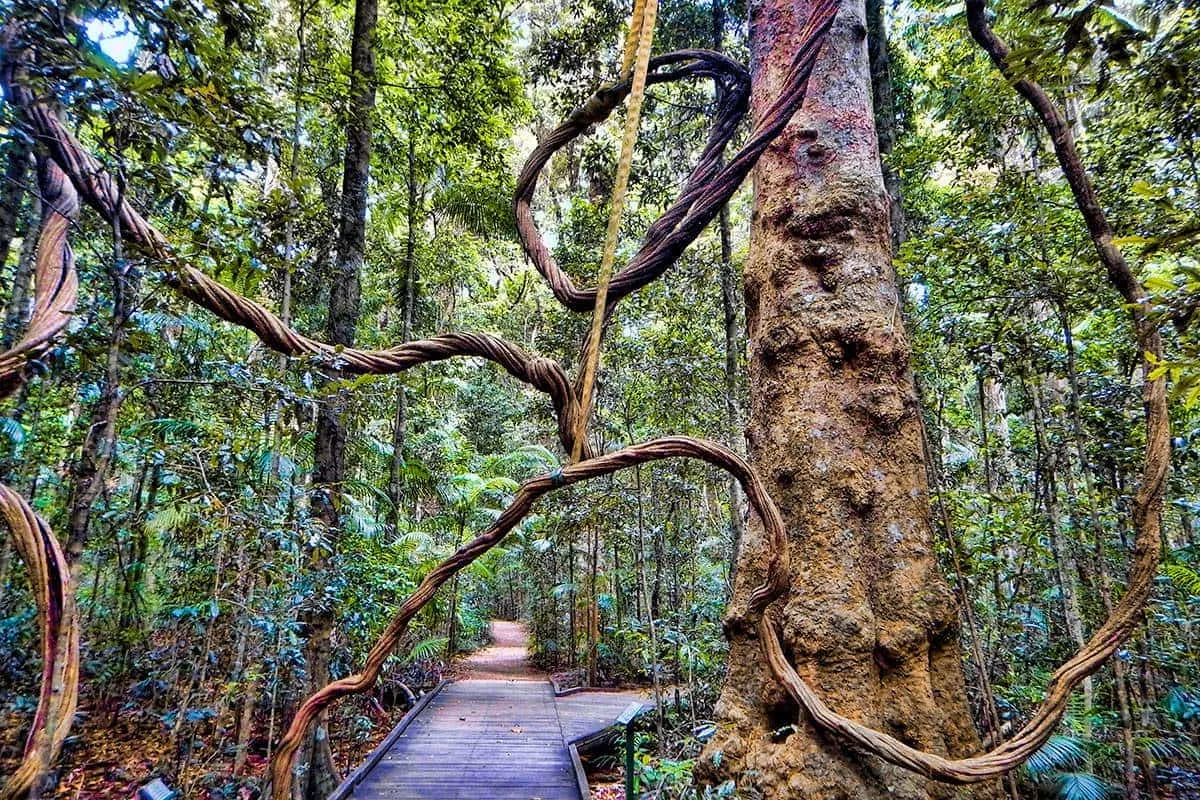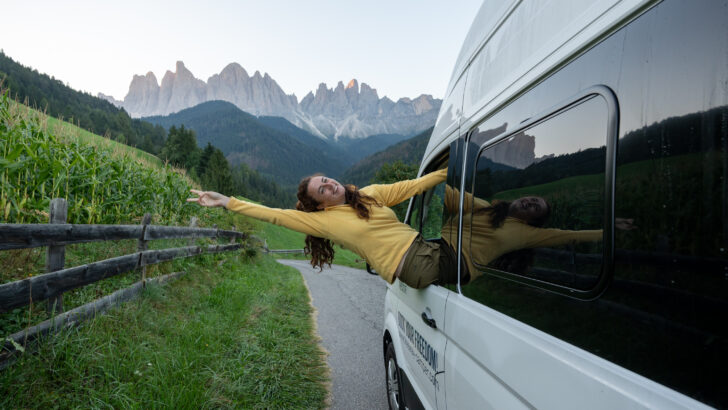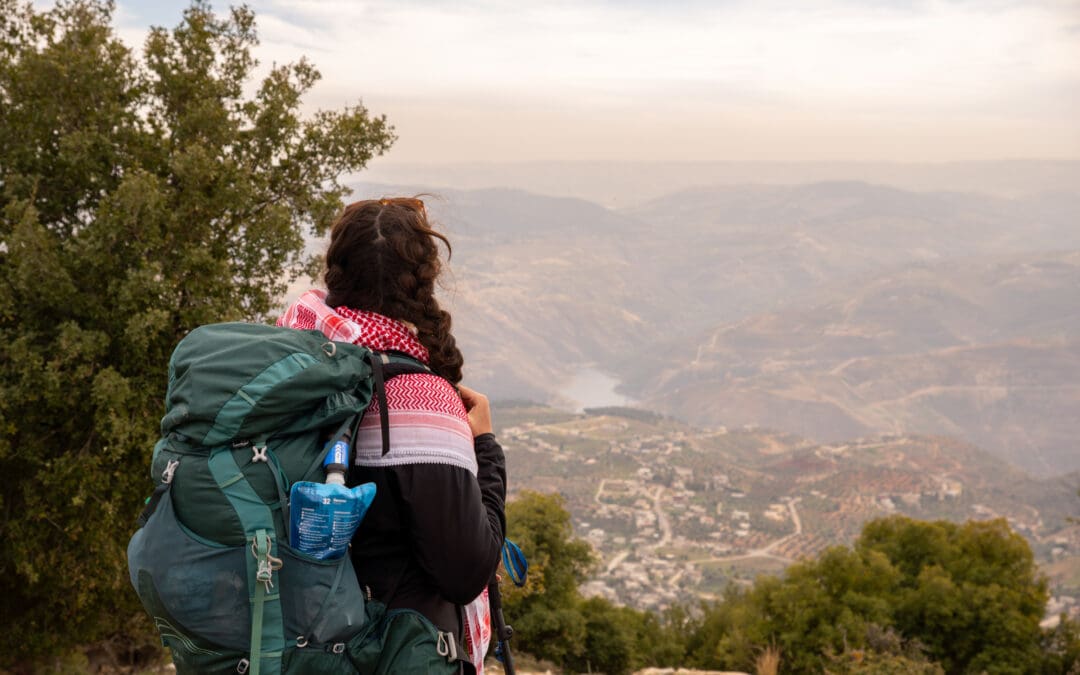
Hiking Essentials: Everything I Pack (and Why)
I’ll admit it… I used to be the kind of hiker who overpacked for the “just in case.” I’d carry three types of snacks, a backup rain jacket and a paperback novel I never had time to read. But after years of hiking I’ve dialled in a gear list that works and it’s light enough to carry for days but solid enough to get me through the unexpected.
Whether you’re heading out for a multi-day hike in the desert, the mountains, or somewhere beautifully in-between, here’s what I actually carry with me. This isn’t a “here’s what you should pack” list—it’s a “here’s what I do pack” list, with all the nitty-gritty included. Think of it like a peek inside my pack on trail day one.
Table of Contents
-
The Big Three: Shelter, Sleep & Pack
-
Kitchen Kit: Trail Fuel & Coffee Rituals
-
Clothing: Layers that Work Hard
-
Footwear: Where the Rubber Meets the Trail
-
Safety, Navigation & Extras
-
Extras I Still Carry
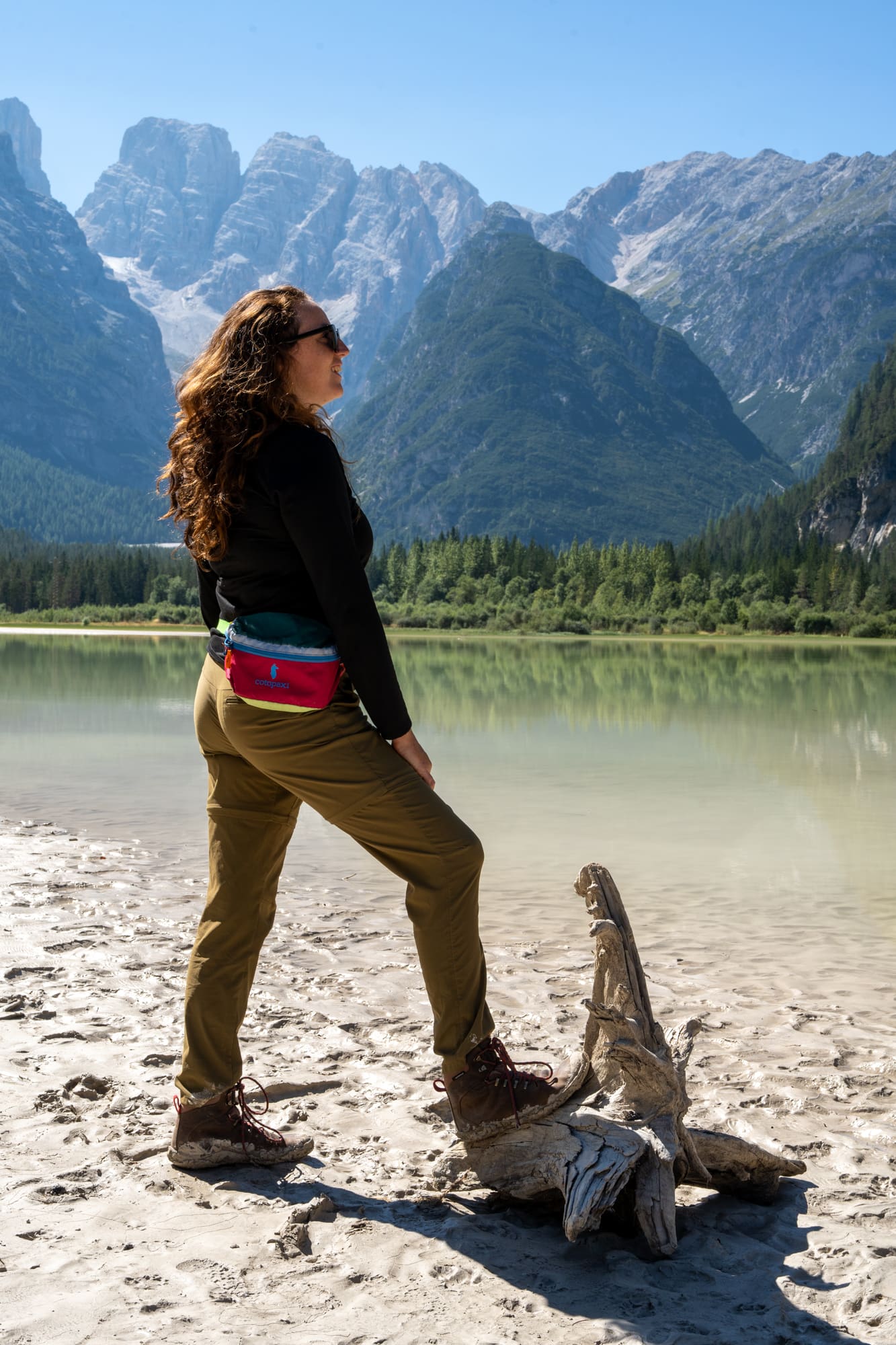
The Big Three: Shelter, Sleep & Pack
- Tent:
Solo hiking: Nemo Hornet OSMO – 1 person
This is my favourite solo tent when I want to keep things light but still have comfort. It’s semi-freestanding, super quick to set up and holds up well in wind and rain. The OSMO fabric doesn’t sag when wet and handles bad weather like a champ.
Inside, it’s got just enough room to sit up and stretch out, plus a vestibule for boots or a small pack. It’s not huge, but it never feels cramped. If I’m heading out solo and want to move fast, this is the tent I pack every time.
Hiking with a friend: Big Agnes Copper Spur Long UL2 – 2 person
For the hikes where I am sharing my tent with my partner or a friend I go with the Big Agnes Copper Spur Long for that sweet spot of space and weight. It’s a freestanding tent (no wrestling with awkward trekking pole setups), super fast to pitch even when I’m hangry and wind-whipped, and light enough that I don’t resent every uphill. Bonus: I can sit up inside, which feels like a small luxury after hours on my feet.
- Sleeping System: Therm-a-Rest NeoAir Xlite + Neve Gear Waratah -8°C Quilt
I’ve tried foam mats. I’ve tried ultralight pads that feel like sleeping on a crinkly crisp packet. But the NeoAir Xlite keeps me warm, comfy, and a little less sore in the morning. You can also blow this mat up with your mouth so you can cut down weight by leaving the pump bag at home. The Neve Gear Waratah -8°C Quilt is my current quilt of choice. It’s rated for -8°C, it’s lightweight (around 625g) and compresses well for packing. The 850FP down keeps me warm without the bulk, and the adjustable footbox keeps me cozy. If you haven’t tried a quilt before it’s a gamechanger for camping.
- Backpack: Osprey Eja 48 L
Lightweight but not ultralight (I’m not out here cutting my toothbrush in half), the Eja 48L fits my gear like a dream and has just enough structure to keep the weight feeling balanced. Plus, the pack harness on the Eja is beyond my favourite of the Osprey range. It’s a mesh back panel which fits my back perfectly and never gives me shoulder pain like some other harness systems.
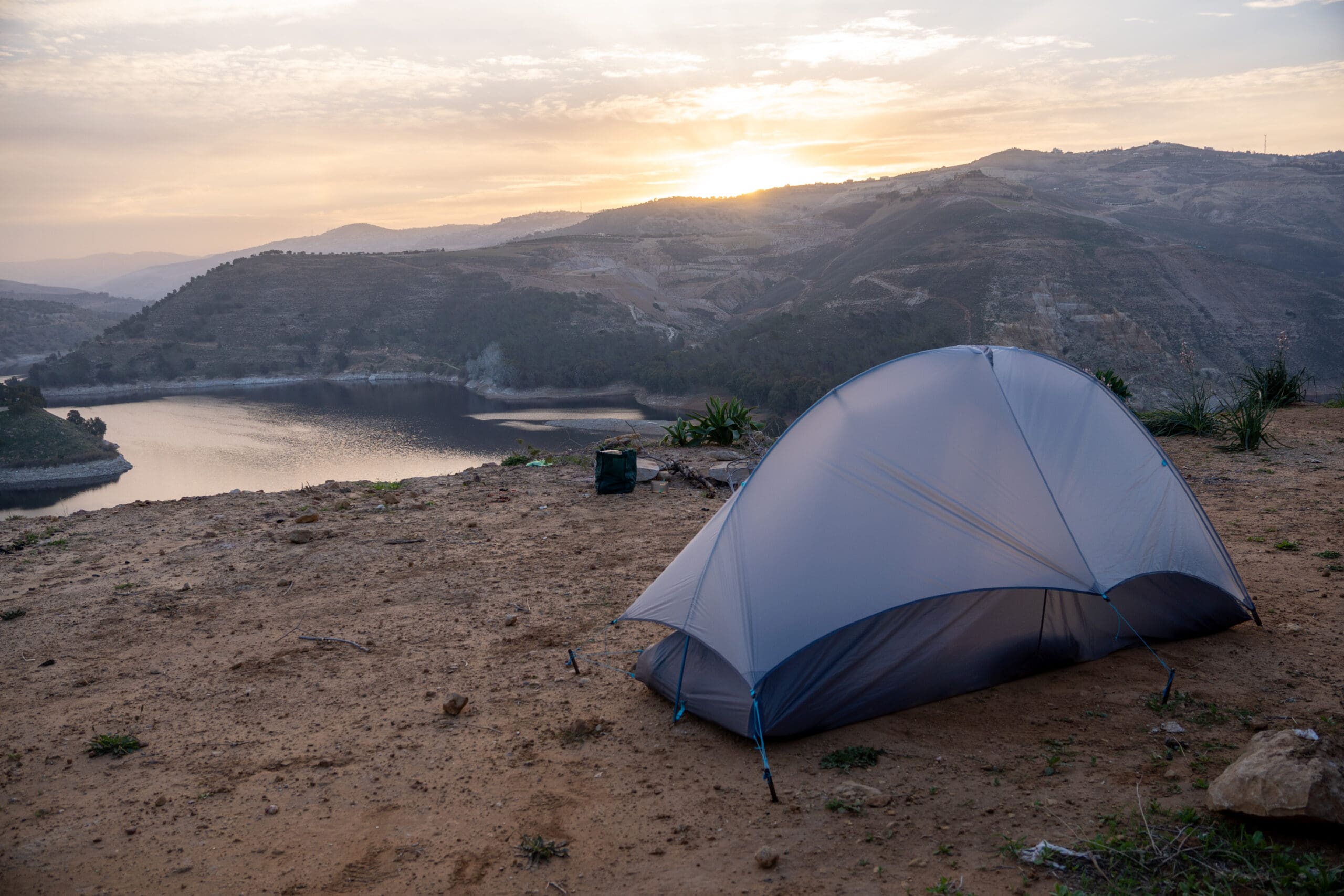
Kitchen Kit: Trail Fuel & Coffee Rituals
- Stove: Jetboil Flash
I love a good slow campfire meal, but when I’m ravenous and the wind’s picking up, the Jetboil wins every time. Boils water in what feels like seconds and I can be sipping tea before my tent’s even fully up. Bonus it packs inside itself which is great for pack space.
- Mug/Bowl: ‘No Name’ Mug & Sea to Summit collapsible bowl
I tried an expensive mug and it didn’t last, goodbye $35. Now I use a cheap steel mug with no brand and even though it’s not mega light, it does the job. For dinner, I go with dehydrated meals like Radix, which come in packaging that doubles as a bowl. For anything else, I use my mug or a collapsible bowl. But heads up, those bowls aren’t the sturdiest. I’m all about multi-use gear, so if I can repurpose my Radix packing or mug, I’m all in. Less to carry, more convenience.
- Cutlery: Titanium Spork
Classic. Light. Unbreakable. This baby has outlasted a dozen dodgy dehydrated meals and still scrapes the peanut butter jar clean.

Clothing: Layers that Work Hard
I keep it simple and versatile. Everything I bring gets worn, layered, or slept in. For clothing I usually have 2 x shirts, 2 x pants, 1 x rainjacket, 1 x warmth jacket, 1 x pair of thermals for sleeping and layering, 3-4 x underwear and 2 x sports bras. Here is details on some of my favourite brands:
- Base Layers: Women’s Capilene Thermal Weight top and bottoms
The Patagonia Women’s Capilene thermal set is my go-to base layers for cold-weather hikes. Made from 92% recycled polyester and 8% spandex, it’s breathable, warm, and quick to dry. It wicks moisture away from your skin and still keeps you cozy, even when damp. I wear them as pyjamas and layer them if it’s cold during the day. They also don’t look like thermals so you can wear them as leggings and a top if needed.
- Hiking Pants: Arc’teryx Gamma Hybrid Pants
What I like about these is they aren’t too tight but they are high waisted and the waistband is stretchy so you feel like you are wearing leggings. They’re tough and designed for freedom of movement, making them perfect for tougher trails. Plus I love the handy pockets! - Insulation: Arc’teryx Atom Hoody
This hoody is my lifesaver. It’s lightweight, packs down small, and has kept me warm during countless chilly moments on the trail. Whether I’m taking a break or hiking in colder conditions, I throw it on the moment I stop moving. It’s a perfect balance of warmth and breathability. I prefer to hike with this than a down puffer because when down gets wet from sweat it loses its warmth. With the Atom hoody the insulation is synthetic so even if you seat or it rains you will still be warm. - Rain Gear: Patagonia 3L Shell
Not the heaviest-duty rain jacket, but it packs down into its pocket and gets the job done when it’s just passing showers or wind. If I’m facing days of consistent rain, I’ll switch to something a little more robust, but for most conditions, this 3L shell keeps me dry and comfortable. - Sun Hat + Beanie
Sun hat for scorching days, beanie for cold nights. I’ve learnt the hard way not to forget either.

Footwear: Where the Rubber Meets the Trail
12. Hiking Shoes: Vivobarefoot Tracker Boots
With a zero-drop sole and a natural fit, the Vivobarefoot Tracker Boots give me the freedom to move across everything from rocky scrambles to muddy trails. These boots are lightweight, durable, and offer great ground feel, so I can tackle long-distance hikes with comfort and confidence. After switching to barefoot my foot size changed a whole size because barefoot shoes allow your feet to expand like they are meant too.
13. Camp Shoes: Teva Sandals
They’re not just functional, they’re also stylish (in my opinion)! After a long day of hiking, slipping into my Teva Sandals feels amazing. They’re colourful, comfortable, and perfect for river crossings or just kicking back around camp. Plus, they’ve got great grip and are lightweight, so they’re my go-to for relaxation on the trail.
14. Socks: Injinji Toe Socks (3 pairs)
I swear by Injinji Toe Socks for blister-free hikes. I rotate between two pairs, letting one dry on the back of my pack, and they’ve never let me down. I have a back up pair for night if I am cold. The toe design prevents friction between toes and they keep my feet happy no matter how long I’m on the trail.
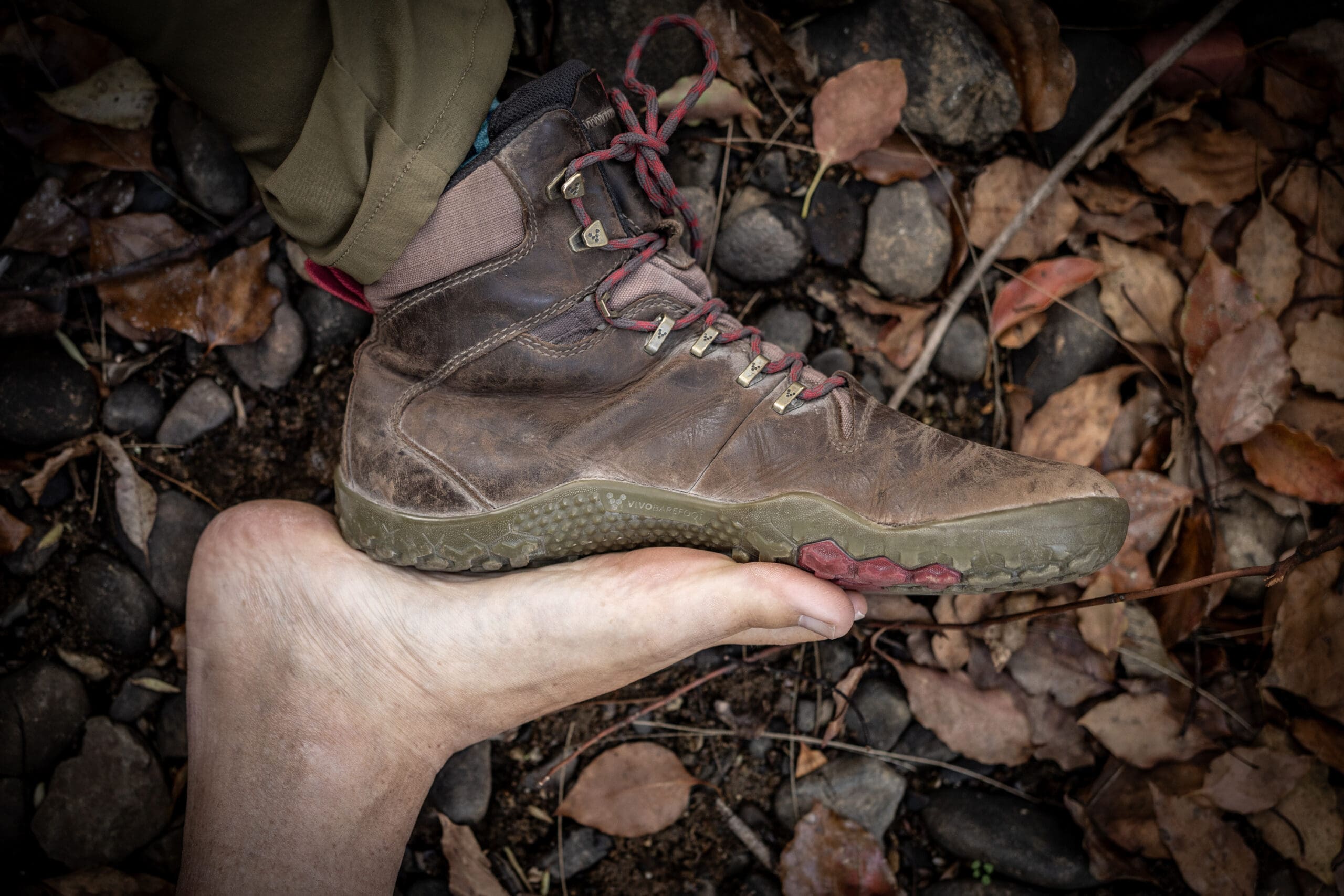
Safety, Navigation & Extras
- First Aid Kit
I carry a small kit with blister care (blister wool is gold), electrolytes, panadol, Fisiocrem, snake bandage and a few plasters. I don’t really take much because I generally don’t use a lot of pharmaceuticals and try to find natural cures.
- Navigation: Maps + Komoot or FarOut Maps
I always carry a paper map and compass (because tech can die), but I also use Komoot or a GPS offline like FarOut Maps for elevation profiles and tracking. Makes planning water stops and wild camps way easier.
- Headlamp: Knog Bandicoot 250
Rechargeable, bright, and dependable. Night hikes, tent reads, and those late-evening loo missions. I’ve relied on it for everything. Also no cable needed, the light pops out and has a USB connection to go straight into your powerbank.
- Power: Neolite Powerbank (10,000mAh) x 3 (yes… 3)
The lightest powerbank you will ever find. Keeps my phone, camera, headlamp and GPS ticking for up to 7 days if I’m careful. Solar’s great, but not always reliable in dodgy weather and heavy! Why do I take 3 10,000mAh instead of a bigger size? 2 x 10,000mAh weight lighter than 1 x 20,000mAh… annoying right?
- Safety: Bivy Satellite Communication Device
For when there’s no reception and you need help, always have some type of satellite communication device or personal locator beacon to get help. Luckily, I have never had to use it but I always carry it charged just in case.
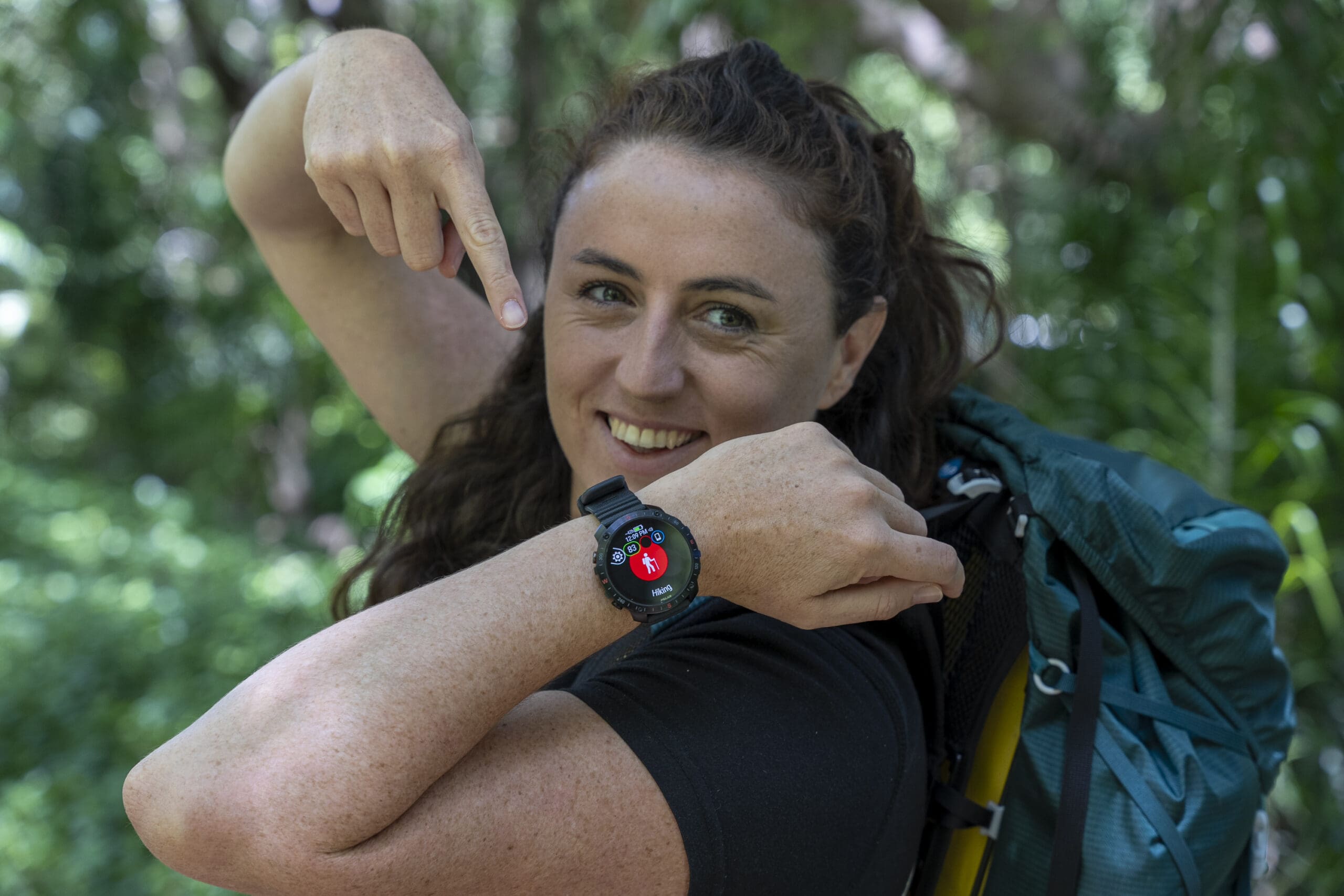
Extras I Still Carry
- A Scarf or Buff
Camp towel, pillowcase, eye cover, privacy screen, sunshade… this bit of cloth is endlessly useful. And a little comfort item from home doesn’t hurt.
- Tea Bags and Coffee
Something about sipping peppermint tea under the stars just makes me feel settled. I stash a few in a Ziploc with some dried ginger. I love coffee but hate instant coffee… but usually I find the taste of instant coffee by the 5th day on trail like the best latte in Melbourne.
23. Water Filter: Sawyer Squeeze
This is filter I always pack. The Sawyer Squeeze is lightweight, tough and super easy to use. I’ve filled up from creeks, muddy rivers and sketchy puddles without any issues.
It filters out bacteria, protozoa and microplastics, and you can use it with the pouch, a water bottle or inline with a bladder. It’s fast, reliable and built to last. Simple, no fuss, and it works.
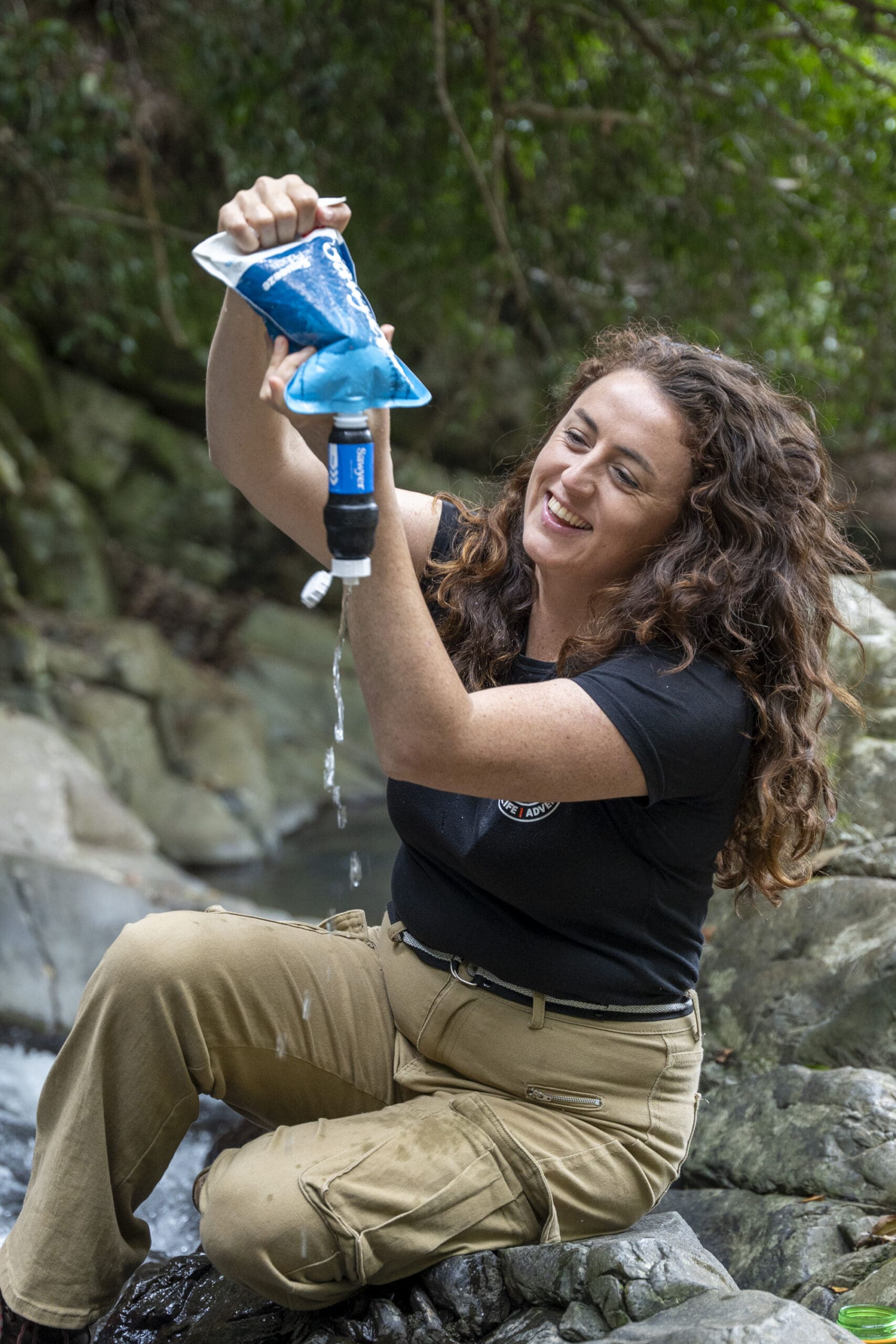
I’ve built this gear list through trial and error. And while the kit will always evolve, the goal remains the same: carry what keeps you safe, warm, and able to enjoy the trail.
My main focus is comfortable but lightweight. This list might work for you or it might not. Through trial and error you will find what you like.
The right gear can make the difference between a “never again” trip and a “when can I go back?” memory.
If you want to follow my adventures and see what I am up to at the moment check out my Instagram where I post regularly or join my mailing list to hear about my women’s adventure group trips.









